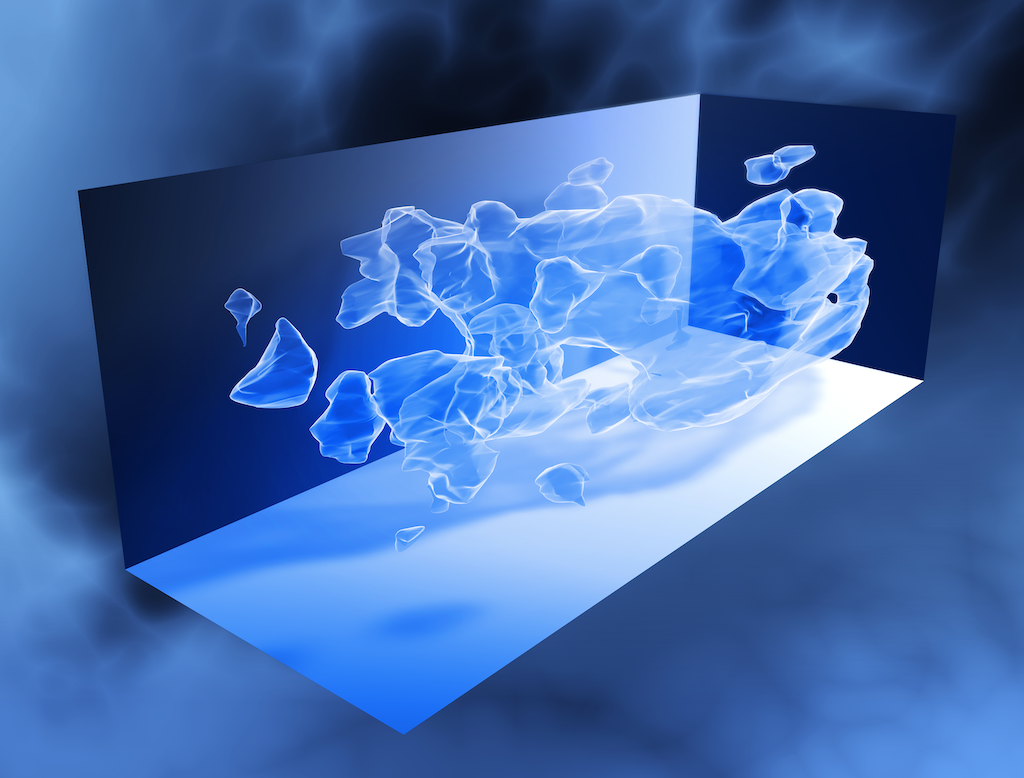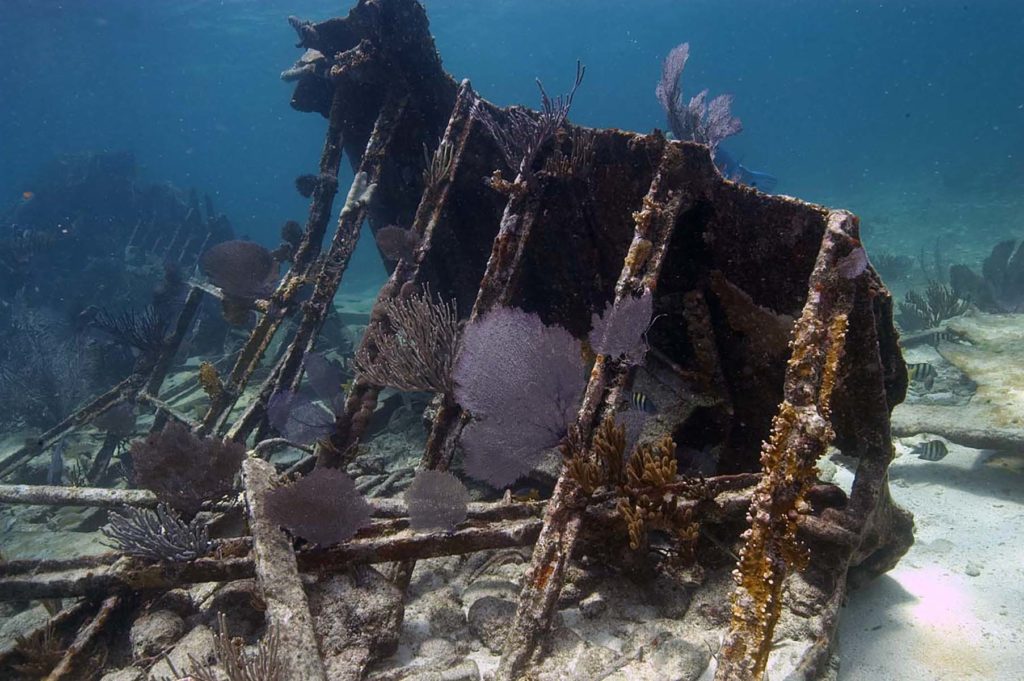
How Salvaging Ancient Shipwrecks Might Lead us to Unveil the Mystery of Dark Matter

In a Long Now talk on dark matter and dark energy, theoretical astrophysicist Priyamvada Natarajan said that “we simultaneously know quite a lot, and not a lot” about the key ingredients of our universe. What we do know is that dark energy makes up about 68% of the universe, with dark matter specifically, comprising about 27%. Dark matter is extremely pervasive but equally elusive. To date, scientists have been unsuccessful in actively detecting dark matter; they only know of its existence by virtue of the presence of other particles.
More information about dark matter could help answer fundamental cosmological questions: How do galaxies hold together without flying apart? Is the universe still expanding or not?

In order to conduct successful dark matter experiments, very specific environments and criteria need to be met — the most important being a lack of radiation. Dark matter detectors are far more sensitive to radiation than living beings. In order to minimize interference, external radiation, and in particular gamma rays, need to be blocked. The most successful shield known is lead. But any lead that dates after 5:29 a.m. on July 16, 01945¹ — the world’s first ever nuclear device detonation — will be contaminated, and will not have low enough levels of radiation to act effectively as a block. What researchers need, then, is antique lead. The best place to find it is at the bottom of the ocean.
Many shipwrecks, some of which sunk over 800 years ago, carried cargos of lead. Most often found in European waters, shipwrecked lead was originally forged as construction materials, weapons, or coins, and sometimes dates back all the way to Ancient Rome. Sunken, ancient lead is not only shielded under the water from cosmic rays, but after centuries of stagnation its unstable lead-210 isotope will have decayed into a stable lead-206. This rare and hard to source metal, is, according to Chamkaur Ghag, a physicist at University College London, “sort of like gold dust.”
However, there have been many debates around the ethics of disturbing archeological sites in pursuit of scientific knowledge. Many of the shipwrecks are cultural sites of historical importance, preserved and protected under the sea. The question is whether it is worth sacrificing historical artifacts in order to do cutting-edge science that advances dark matter research.
This issue is further complicated by scarcity. Shipwrecked lead is finite, and much of the salvaged metal is auctioned off to both the scientific and the commercial sector. Low-background lead is essential for the production of microchips for computers and smartphones. Newly-produced low background lead is available, however sunken, ancient lead is much cheaper, resulting in competition from the microelectronics industry.
While the commercial sector has a choice in the matter of using ancient versus newly-produced low background lead, scientists running dark matter experiments argue that they do not. A 02015 paper found that “freshly mined lead is naturally polluted by radioactive elements such as nuclei from the uranium, thorium and actinium decay chains,” and concluded that “a source of lead with low 210Pb content (low-alpha lead) is a sine qua non condition for the successful outcome of direct searches [for dark matter]. These low levels of emission cannot be achieved by modern lead manufacturing capabilities.”
In a piece for The Atlantic, Robin George Andrews interviewed scientists who emphasized that the scientific approach towards using shipwrecked lead was cautious, limited, and mindful of ethical considerations:
[Fernando] Gonzalez-Zalba explains that the Romans produced about 88,000 tons of lead each year, and many experiments require only a tiny fraction of this. Scientists, he says, are also increasingly aware of and sensitive to the ethical dilemmas surrounding the extraction of low-background materials.
Particle physicists should keep cultural heritage and the origins of their materials front of mind, [Alan] Duffy says. But he emphasizes that low-background material is “certainly treated” as a precious resource and not used without consideration.
“More than ever, our worldview and our understanding of the cosmos hinges on unseen quantities,” Natarajan said in her Long Now talk. With careful balance between ethics and application, shipwrecked lead might one day help scientists make the unseen quantity of dark matter more visible.
Learn More
- Read “Why the Search for Dark Matter Depends on Ancient Shipwrecks” by Robin George Andrews in The Atlantic.
- Watch Priyamvada Natarajan’s 02016 Long Now Seminar, “Solving Dark Matter and Dark Energy.”
- Read “The role of underwater cultural heritage on dark matter searches: Ancient lead, a dual perspective” by E.Perez-Alvaroa and M.F.Gonzalez-Zalbabc in Ocean & Coastal Management, Volume 103, January 02015, Pages 56–62 (subscription required).
Join our newsletter for the latest in long-term thinking
Subscribe